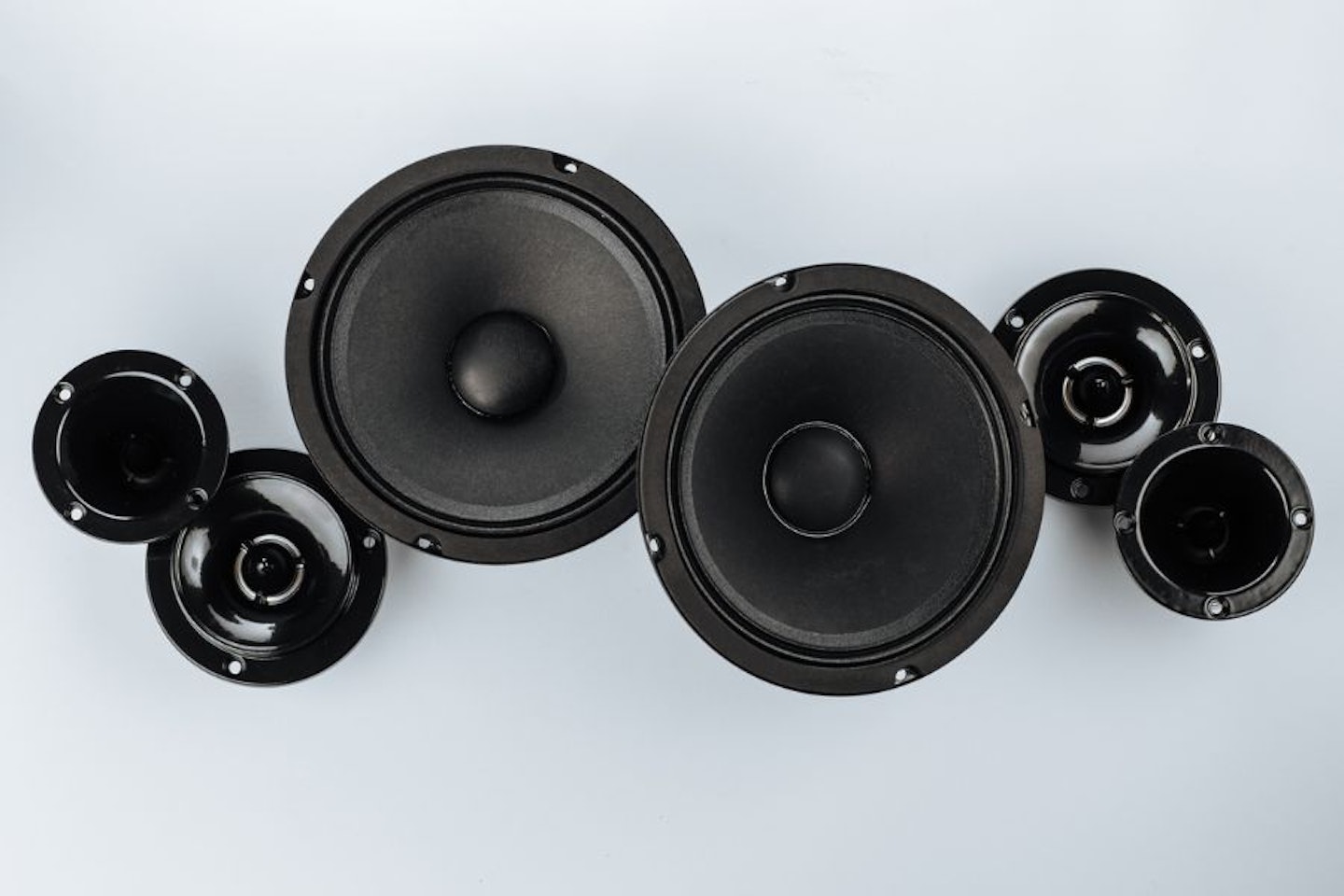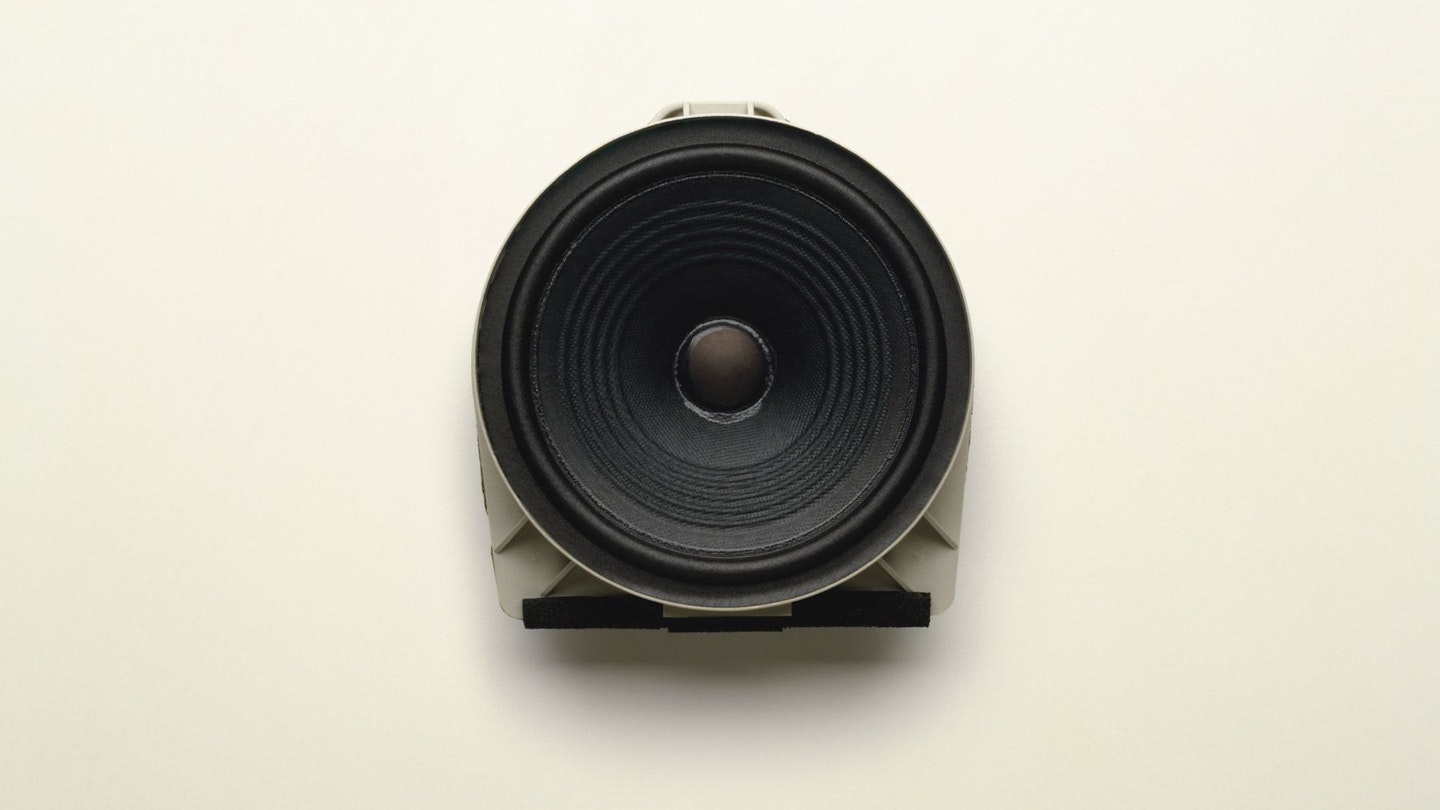The best speakers are the best for many reasons, but the most significant is the quality of the drivers. But what exactly is a driver, and how does one affect your speaker's sound?
A driver is the part of the speaker responsible for producing sound. It's a transducer, which means it converts the energy from an audio signal into vibrations, which a cone projects outwards. Depending on the design of the driver, it can produce sounds of different frequencies.
To get the best sound quality possible, especially what can be considered hi-fi quality, you'll want to look into how what drivers a speaker has before you buy.
Not every speaker you find will have each type of driver, so it's worth knowing which does what. We'll go over the main types you're most likely to see, so you'll know what to look out for whether you want a speaker with great bass or something fine-tuned for higher frequencies.

Tweeter
For high-frequency sounds, you'll be looking at tweeters. These drivers can produce sounds up to 20kHz, roughly the upper limit that our human ears can discern.
A tweeter usually enhances the clarity of the sounds of vocals and guitars in music. Even if your music taste doesn't require a tweeter, it's always better to have one than not, as it will still improve the overall sound quality.
Woofer
The opposite of a tweeter, a woofer is responsible for low-frequency sounds. They can reach frequencies down to around 20Hz, about as low as humans can make out. The name comes from a dog's bark, which should give you an idea of the deep sounds you can expect the driver to produce.
When it comes to music, this is what you'll want to pay attention to for anything heavy on bass. It's also worth factoring into any home theatre setups since the booming sound does wonders for action movies.
Mid-range
As you can probably guess by the name, a mid-range speaker is a middle ground between tweeters and woofers. It typically does frequencies around 250-2000Hz. If a speaker can't fit both a tweeter and a woofer, it will likely use a mid-range driver.
While mid-range speakers don't excel in music quality, it should only be an issue for avid audiophiles. Besides, it will be fine to mainly use speakers for TV and other dialogue-heavy media.
In some cases, a speaker may have a full-range driver. While it will have an improved frequency range over a mid-range unit, it still won't match a tweeter and woofer pairing.
Subwoofer and super tweeter
These are the more advanced forms of tweeters and woofers, but if they have already reached our human hearing limits, why bother?
Let's start with a subwoofer, as that's still worth your consideration. Since it can reach lower frequencies than a regular woofer, it also has an easier time maintaining that output, so you should notice better consistency. Plus, while our ears may struggle to hear a difference, we can still feel the vibrations. This makes it a brilliant companion to bass instruments and pianos for music, as well as explosions and other deep booms in movies.
On the other hand, super tweeters are far from a necessity. This time, the driver mainly acts as a refinement for an overall setup. Exceeding 20kHz consistently means it'll be more reliable, and some claim it makes for a more detailed soundscape. You may find home theatre speakers with super tweeters, and while they never hurt to have, it's only something to actively look for if you're chasing the best hi-fi sound possible.
Kyle Purves is a Commercial Content Writer for What’s The Best, with an avid interest in all things gaming and tech.
They’re well-versed in reviewing a variety of tech products, with a soft spot for speakers and earphones. They’re also no stranger to hunting down the best savings, always wanting to get the best deal possible. Outside of work, they can often be found playing through an RPG, listening to Japanese noise rock, or trying to catch up with their ever-expanding list of shows and anime to watch. If possible, they try to play Dungeons and Dragons a couple of times a week, but getting six adults to be free at the same time is easier said than done.
Subscribe to the What’s The Best Newsletter to keep up to date with more of the latest reviews and recommendations from the rest of the What’s The Best team.
